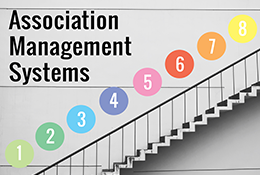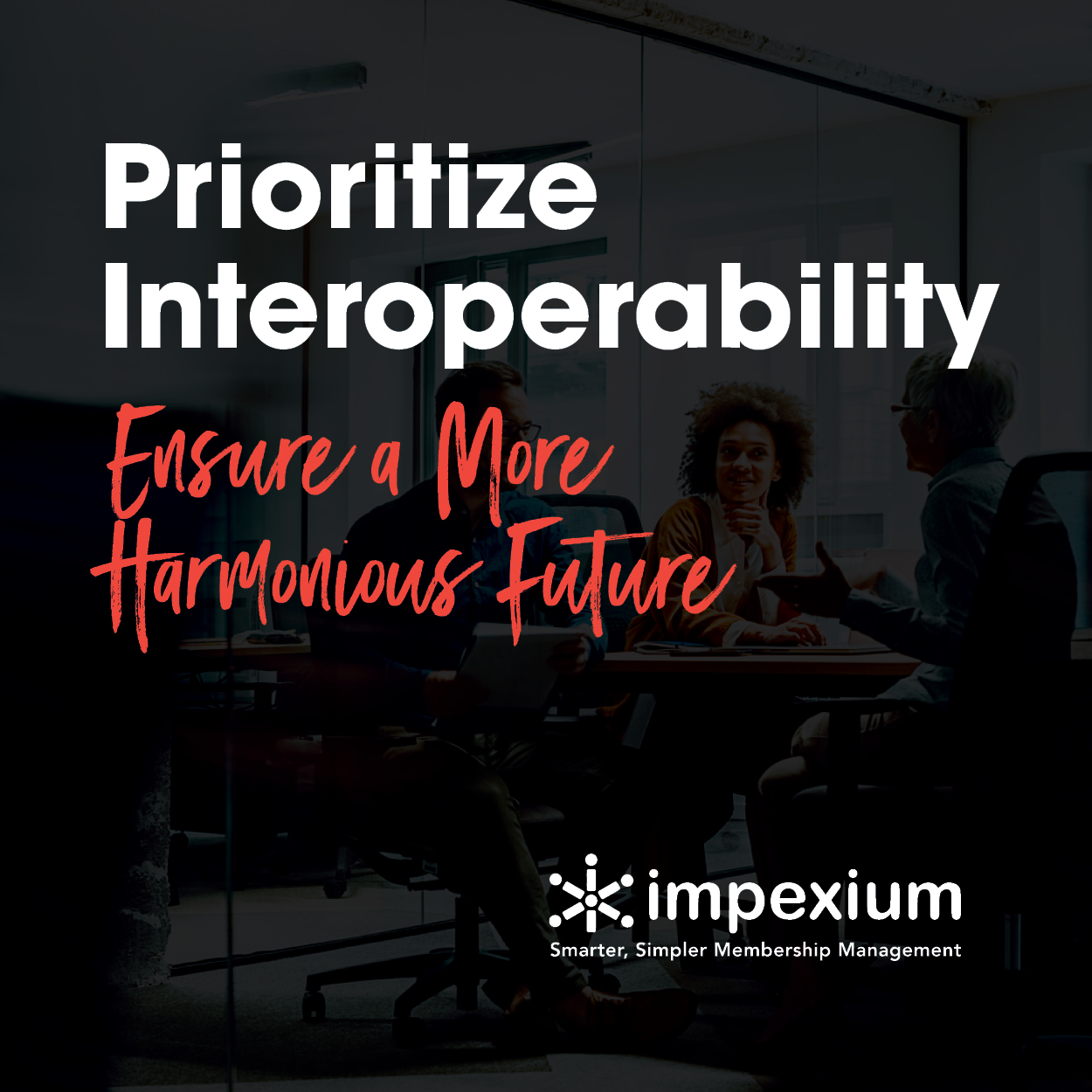
An 8 Step Guide to Planning, Selecting, and Implementing Your AMS
1. Create a team and a plan of action.
Smart shopping is all about planning. Prior to shopping for an AMS, you must create a detailed plan of action. Know what your business requirements and people/process/systems needs are. Plotting out a specific and detailed plan of action will help guarantee success. Use this AMS Project Charter as your starting guide.
2. Build a business case and establish requirements.
Look at your association’s business areas (membership, events, volunteers, etc.) and define AMS requirements through careful consideration of the following:
- What needs does each AMS stakeholder (e.g. user, administrator, executive) have?
- What results/outcomes does your organization need to achieve?
- What pain points are you looking to eliminate?
- How will your AMS selection complement/hinder your organization’s long-term strategy?
3. Decide if you want to use a Request for Proposal (RFP) or Request for Information (RFI).
RFP’s and RFI’s are very different and they both have distinct purposes. Make sure you know what you are trying to achieve and then decide which option is best for your association.
4. Once you’ve chosen an AMS, ensure your AMS contract is solid and secure.
Make sure your AMS contract works for you. Does the contract have an exit strategy if your vendor goes out of business or merges with another? Does your association want the option to export all stored data in the system at any time? Verifying that your contract includes an exit strategy, project management, fees and payments, contract renewal, and data security and privacy language is imperative to getting the most out of your AMS.
5. Develop an implementation project plan.
After you’ve planned, prepped, and selected your AMS, you can use all the work you’ve done up to this point to implement your system. Decide who is involved in the implementation and what their roles will be. Create an implementation schedule and communication plan between you and your vendor. Plan out risks, the testing process, as well as the closing out of your vendor’s involvement.
6. Clean and migrate your data.
Data conversion is a very expensive and labor-intensive process, so do your best to convert as little as possible by cleaning your data before you convert it.
7. Train your staff.
Training your staff is an important aspect of the integration process. Making sure your staff has trust in your AMS will ensure you get the most out of the system. A frustrated AMS user is a waste to your AMS. Conduct lots of training during the onboarding process and plan for ongoing training down the line.
8. Test your system.
Testing your AMS is your association’s job, not your vendor’s. Don’t just go through the standard vendor tests. Use your planning process, business case, and original requirements as a basis. Make sure you define the testing process for your staff and dedicate the time to complete it.
This 8-step guide was constructed through a full AMS Checklist created by Moira Edwards, Gretchen Seenstra, and Wes Trochlil during their 3-hour session, “Complete Checklist for Planning, Selection and Implementation” at 2017 AMS-Fest.
This full document was just one of the incredible things to come out of 2017’s AMS Fest. Visit www.amsfest.com to get an idea of what amazing things you could be a part of at this year’s event. AMS Fest 2018 is taking place June 6-7 in Chicago, IL. Register today and guarantee you don’t miss out!


